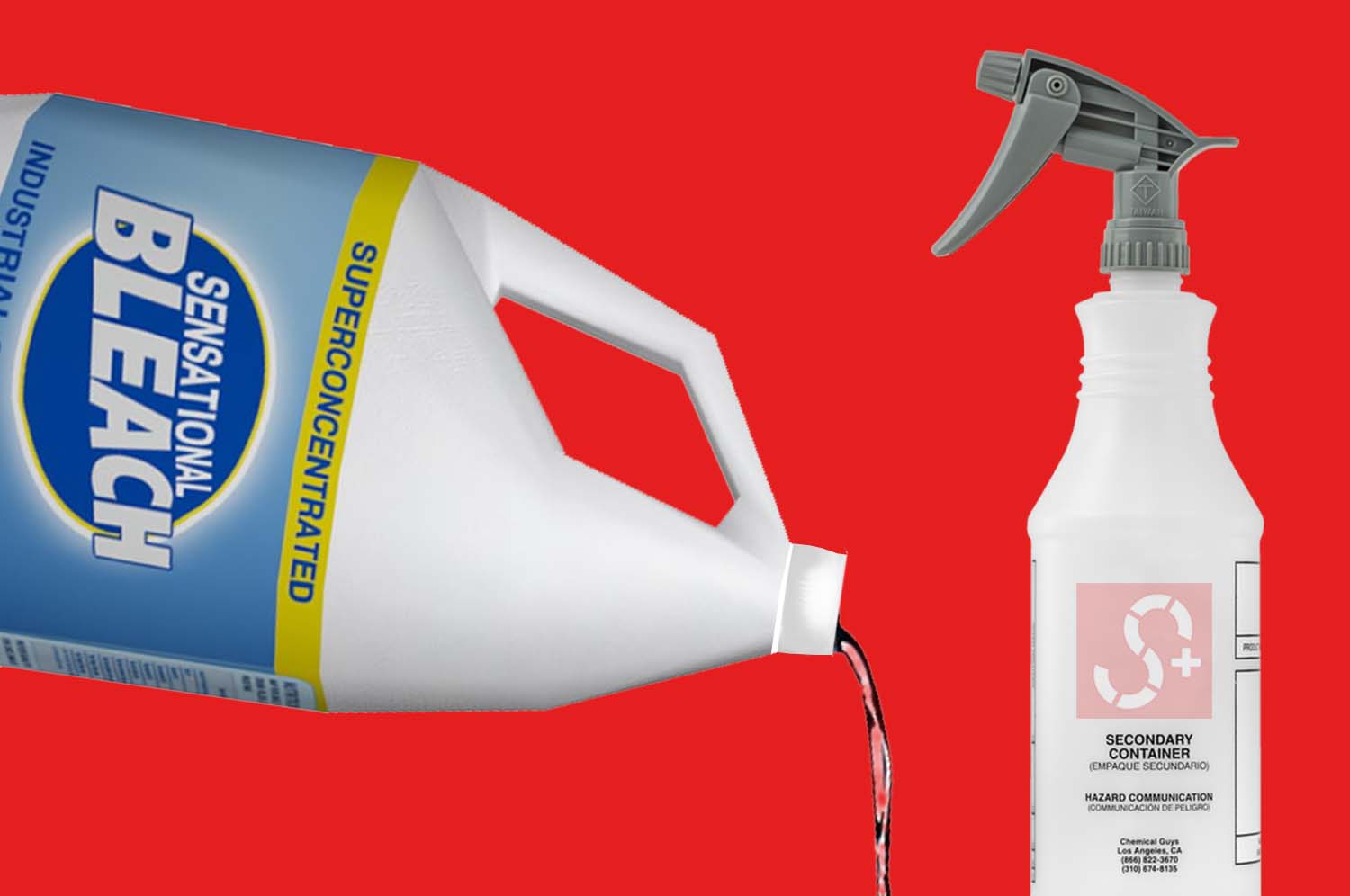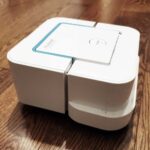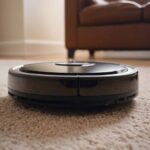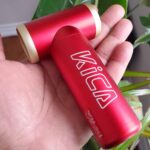These days people are increasingly aware of keeping everything as clean and as safe as possible.
One great way of doing this is by utilizing the germ-killing properties of bleach. Bleach is known for killing 99.9% of all known germs, including viruses.
But is bleach safe to use in a plastic spray bottle?
Technically speaking, 100% bleach can be used in many chemically resistant plastic spray bottles for 3 – 6 months. For more extended use, I recommend a Chapin sprayer. It holds up better against harsh chemicals and solvents.
LATEST VIDEOS
In this article, I set out to examine how to safely use bleach in a plastic spray bottle.
What is bleach, and why do we have to treat it so carefully?
There are several types of bleach, but the one that we commonly refer to as household bleach is based on a substance called Sodium Hypochlorite.
This is mostly referred to as chlorine bleach. It is, in fact, a very strong caustic soda, and we all know how corrosive that can be.
Another common type of bleach is hydrogen peroxide. Bleaches made to this formula release peroxide when mixed with water.
This reactiveness with water, combined with its ability to break down molecules, is why it is often used to clean and whiten clothes.
If you are interested in this aspect of bleach use, I have written a great guide on how to use bleach in a portable washing machine.
Both types of bleach kill germs by breaking down the proteins in their structure.
Proteins are common to all life, and that is one of the reasons we have to be so careful with bleach. Treated carelessly, bleach can be a hazardous substance.
Bleach is a highly reactive substance, and it is this reactiveness that makes it so harmful to microbes (and careless larger organisms).
It is also what makes choosing the right plastic bottle so crucial when choosing a plastic spray bottle for bleach.
Does bleach react with plastic bottles?
Now we are getting to the real crux of the matter. When choosing a plastic spray bottle for bleach, it is important to select a bottle that isn’t going to deteriorate by reacting with the bleach.
Bleach, given enough time, will react with most plastics and deteriorate the polymers that we associate with plastics.
However, some plastics have a greater resistance to this effect and will last far longer.
For instance, bottles that are manufactured using polyethylene terephthalate (PET) will deteriorate rapidly when exposed to bleach, whereas bottles manufactured using High-Density Polyethylene (HDPE) are more resistant to the effects of bleach thanks to its higher density.
The fact is that bleach given enough time, will degrade most plastics, so when choosing a plastic spray bottle, it is essential to ensure you buy the right kind to ensure it doesn’t dissolve and leave you with a bleached carpet!
Another thing to watch out for is the metal in the bottles. Bleach reacts very strongly with metals and will quickly cause corrosion.
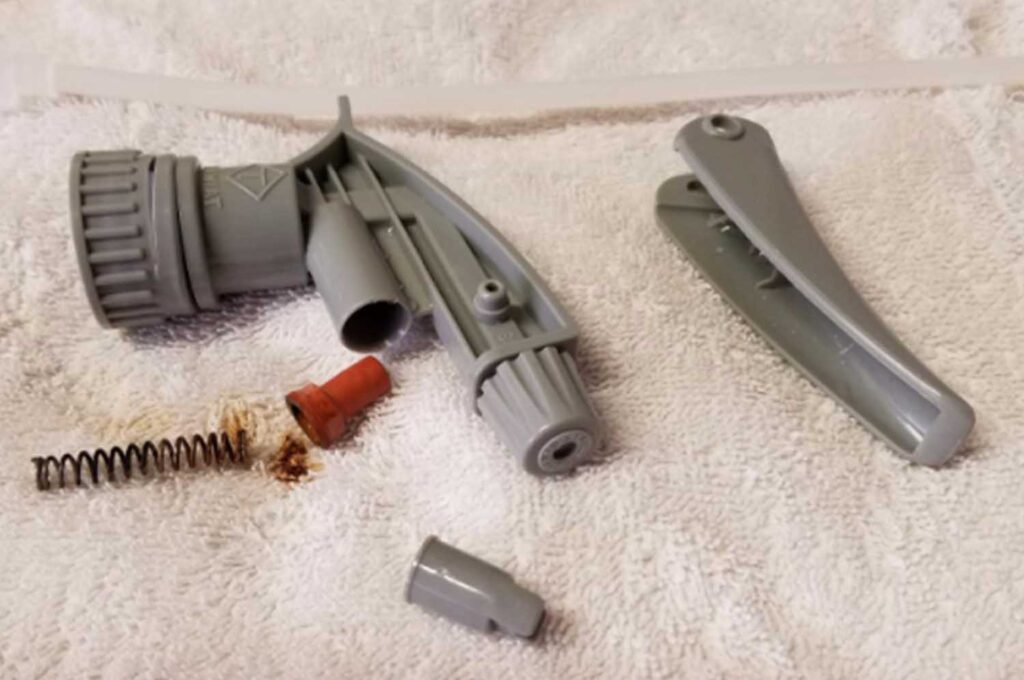
When considering a choice of bottle to hold bleach, try to make sure the metal components are minimal.
There are many heavy-duty bottles on the market that will quite happily hold a bleach solution for prolonged periods without any noticeable degradation.
What solution of bleach should I use in a plastic spray bottle?
The trick here is to use the least amount of bleach required to clean and disinfect surfaces and, in doing so, prolong the life of the bottle.
A good guide is to use two tablespoons of bleach per quart of water.
Using this mix will mix a solution strong enough for disinfecting most kitchen and bathroom surfaces yet is still gentle enough to prolong the life of the plastic spray bottle.
To be effective, bleach should also be allowed to sit for at least ten minutes before wiping it off the work surface, as it can take this long to be effective against the most stubborn of organisms.
For more intense cleaning, stronger solutions can be used, but it is always a good idea to minimize the length of time they remain in contact with the bottle.
If you use a stronger solution, you should safely dispose of any excess liquid after use and thoroughly rinse the bottle and the spray mechanism.
To Summarize
So, now we have an understanding of how bleach works and how it can quickly degrade some plastics and metals.
Let’s have a quick summary of what to take into account when choosing a plastic spray bottle for bleach.
- Choice of Plastic – Choose a bottle that is manufactured from HDPE plastics, as the denser molecules are less reactive with bleach.
- Minimal Metal Content – It is unusual to find bottles that have entirely removed all metal from the product (springs in the spray mechanism etc.), but try to choose a bottle that has minimal metal components.
- Use the weakest solution you can – A more diluted bleach solution is adequate for most household disinfecting purposes. Try to keep the solution to the bare minimum you need to achieve the task at hand.
Good substitutes for bleach
These days we are all more aware of the ecological effects of the chemicals we use.
One sure way to get more life out of your plastic spray bottle and help protect the planet at the same time is to switch to a more environmentally friendly alternative.
- Vinegar – Vinegar has long been renowned for its cleaning and disinfecting properties and can make an effective and cheap alternative to bleach.
- Tea Tree Oil – This is another substance that is being used increasingly commonly as a safe and environmentally friendly alternative to bleach.
- Baking Soda – Used more as a substitute for the whitening properties of bleach, if you are looking to brighten up some dulled clothing, this can be an effective alternative to bleach.
- Lemon Juice – Plain old lemon juice can fulfill many of the same tasks as bleach and leave your house smelling lemon-fresh too!
Lorem ipsum dolor sit amet, consectetur adipiscing elit, sed do eiusmod tempor incididunt USD-1985532510 ut labore et dolore magna aliqua. Ut enim ad minim veniam, quis nostrud exercitation ullamco laboris nisi ut aliquip ex ea commodo consequat.


